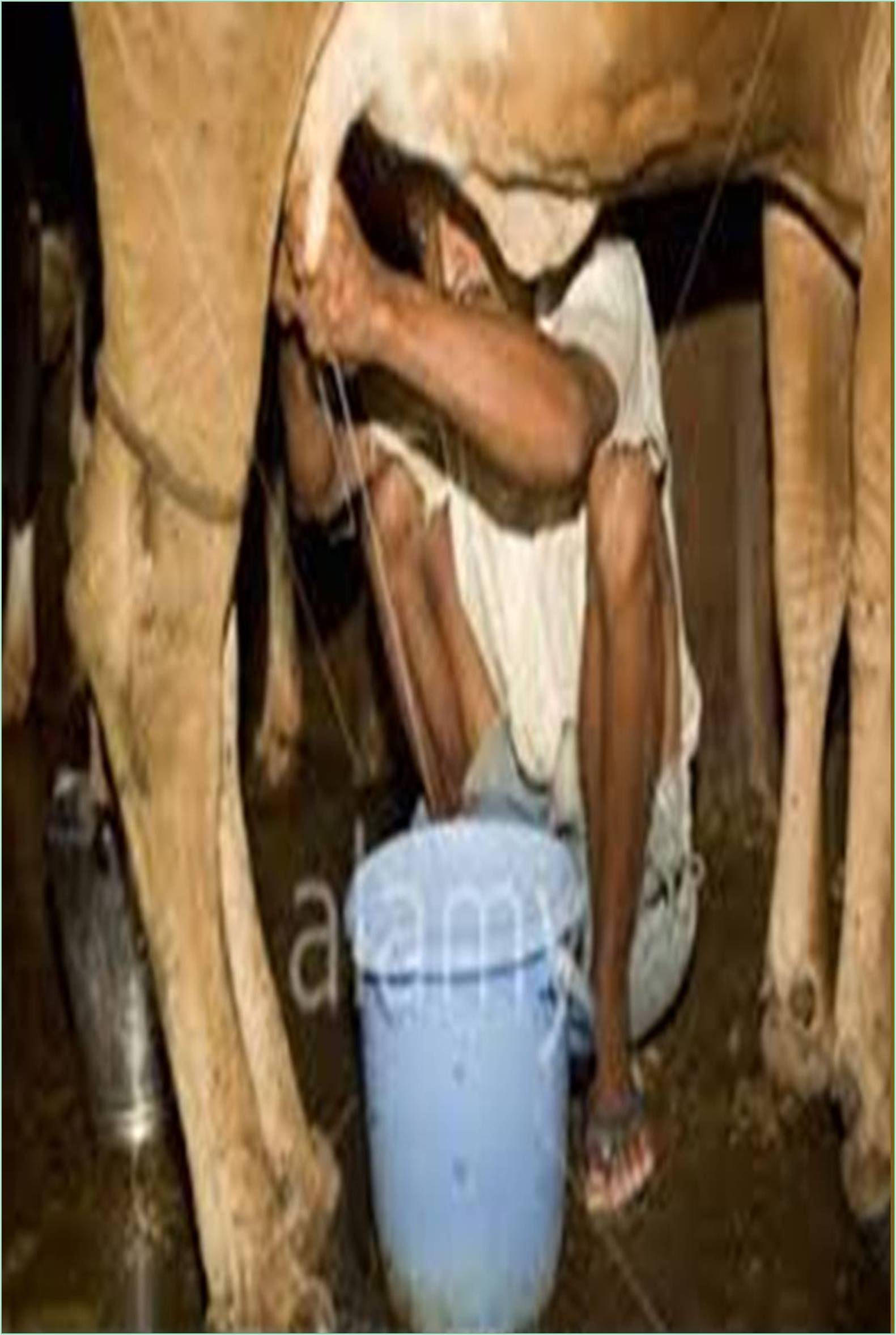



Received: 01-Feb-2022, Manuscript No. GJDFM-22-63332 ; Editor assigned: 07-Feb-2022, Pre QC No. GJDFM-22-63332 (PQ); Reviewed: 21-Feb-2022, QC No. GJDFM-22-63332 ; Revised: 28-Feb-2022, Manuscript No. GJDFM-22-63332 (R); Published: 08-Mar-2022
Pasteurization is the process of heating milk below its boiling point to destroy the microorganisms contained in the milk. Pasteurization is the act or process of heating foods, especially beverages such as milk, to a specific temperature for a specific period of time to kill microorganisms that can cause disease, spoilage, or unwanted fermentation.
Pasteurization was invented in the 19th century by a French scientist named Louis Pasteur. Pasteur found that heating milk to a high temperature and quickly cooling it before bottling or packaging can keep the milk fresh for a longer period of time.
The most commonly used pasteurization method in the United States today is the High Temperature Short Time Sterilization method (HTST). It uses a metal plate and hot water to raise the temperature of the milk to a minimum of 161 ° F for at least 15 seconds. Higher Heat Shorter Time (HHST) is a process similar to HTST sterilization, but with slightly different equipment and high temperature in a short time. Products that are considered Ultra- Pasteurization (UP) should be heated to a minimum of 280ºC for 2 seconds. Ultra-low temperature sterilization extends the shelf life of the product, but it still requires refrigeration.
The time and temperature of pasteurization depends on the chemical composition of the pasteurized food, but pasteurization rarely requires the product to be heated above 100°C. However, with the Ultra-High Temperature (UHT) pasteurization, the milk is heated to 135°C for only 2-5 seconds. This high temparature is sufficient to kill almost all bacterial spores inhabiting dairy products. Dairy products that have undergone UHT heat treatment are called "Ultra-High Temperature Sterilization"(UHTS). This includes many brands of organic milk.
The first pasteurization condition, known as flash pasteurization, consisted of temporarily heating the milk to 68.3-81°C (155-178°F) and then cooling it. Pasteurization conditions were set at 143°F (61.7°C) for 30 minutes or 160°F (71.1°C) for 15 seconds to inactivate Mycobacterium bovis, the causative agent of tuberculosis. The minimum treatment conditions required to kill the human Q fever-causing organism, Coxiella burnetii, are now known to be the most heat-resistant pathogens in milk. Milk can be pasteurized at a processing time and temperature that exceeds the minimum required temperature.
Pasteurization can be done as a batch or a continuous process. A vat pasteurizer consists of a temperature controlled, closed vat. The milk is pumped into the vat, the milk is heated to the appropriate temperature and held at that temperature for the appropriate time and then cooled. The cooled milk is then pumped out of the vat to the rest of the processing line, for example to the bottling station or cheese vat. Batch pasteurization is still used in some smaller processing plants. The most commonly used process for liquid milk is a continuous process. Milk is pumped from the raw milk silo to the storage tank, which is fed into a continuous pasteurization system.
Milk flows continuously from the tank through a series of thin plates to heat the milk to the proper temperature. The milk flow system is set to stay at the pasteurization temperature for an appropriate period of time before the milk passes through the cooling section of the pasteurizer. The chilled milk then flows to the rest of the processing line, for example the filling station. Multiple temperature and time options are available for continuous processing of chilled liquid milk. Processing conditions are defined at temperatures above 200 ° F, but are rarely used because they can give milk an undesired cooked flavour.
Homogenization and pasteurization are often closely related to milk production, but the two processes are clearly different. Homogenization evenly distributes milk fat globules throughout the milk container. Milk is squeezed through a sieve at high pressure. However, unlike pasteurization, the milk is not heated. In a two-step process, pasteurization always follows homogenization. The homogenized liquid is heated to a high temperature for a short time. Pasteurizing liquids has many advantages.
Removal of harmful bacteria such as Listeria, Salmonella, Listeria, Staphylococcus aureus, Jersina, Campylobacter, E. coli O157: H7. Prevention of diseases such as scarlet fever, tuberculosis, brucellosis and diphtheria. Longer shelf life compared to unpasteurized milk. Removal of volatile flavors from certain foods. Keep in mind that this is not always a benefit. Many of these flavours have the potential to appeal to consumers. The liquid can be disinfected in a shorter time than other methods, resulting in more effective overall disease control.